
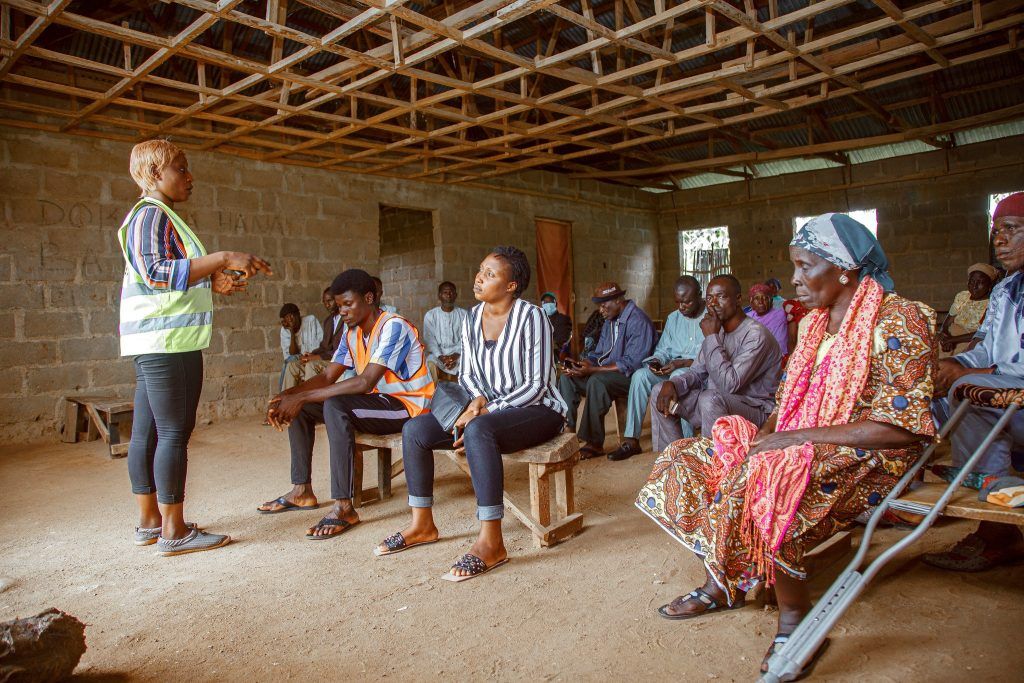
Skeptic's Guide to Open Government
The Skeptic’s Guide is our most popular product. The 2022 edition is both a survey of impact literature around major open government policies and a simplified version of the literature reviews for readers.
Ways to use it:
- Assign a chapter or topic on one of the areas as reading
- Use it as a model for how to turn evidence into policy-ready material.
- Have students do their own review of the literature on the impact for a given policy (and let us know how it goes!)
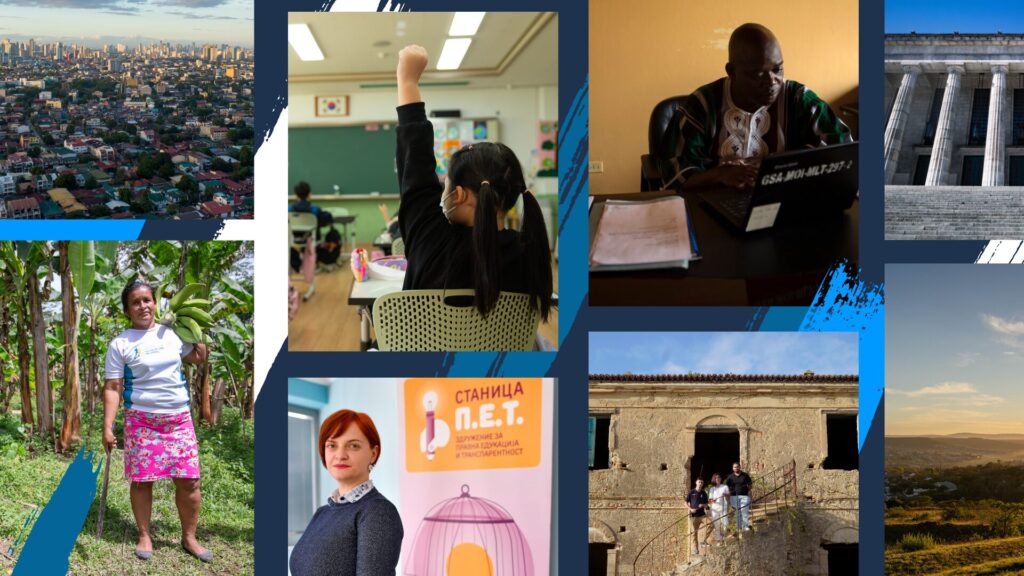
Open Gov Guide
The Open Gov Guide is our one-stop shop for the major areas of interest in open government. Each chapter has links to evidence for policies, potential reforms, guidance and standards from international partners, and examples of successful reforms from OGP action plans and beyond.
Ways to use it:
- Identify key readings from the guidance and standards section.
- Use the policies as “maturity checklists” for a particular country. Discuss which reforms are feasible and desirable in each context.
- Use the examples as starting points for further investigation.

OGP Glossary
The OGP Master Glossary is an ever-evolving set of definitions based on OGP official documents and data sets. These definitions are used to evaluate governments’ individual commitments and their relevance to different important topics.
Ways to use it:
- Use it to share some common definitions of key OGP words or to discuss the wide array of applications that such definitions might have.
- Discuss why some definitions may be more narrow than a common definition. What key terms are missing?
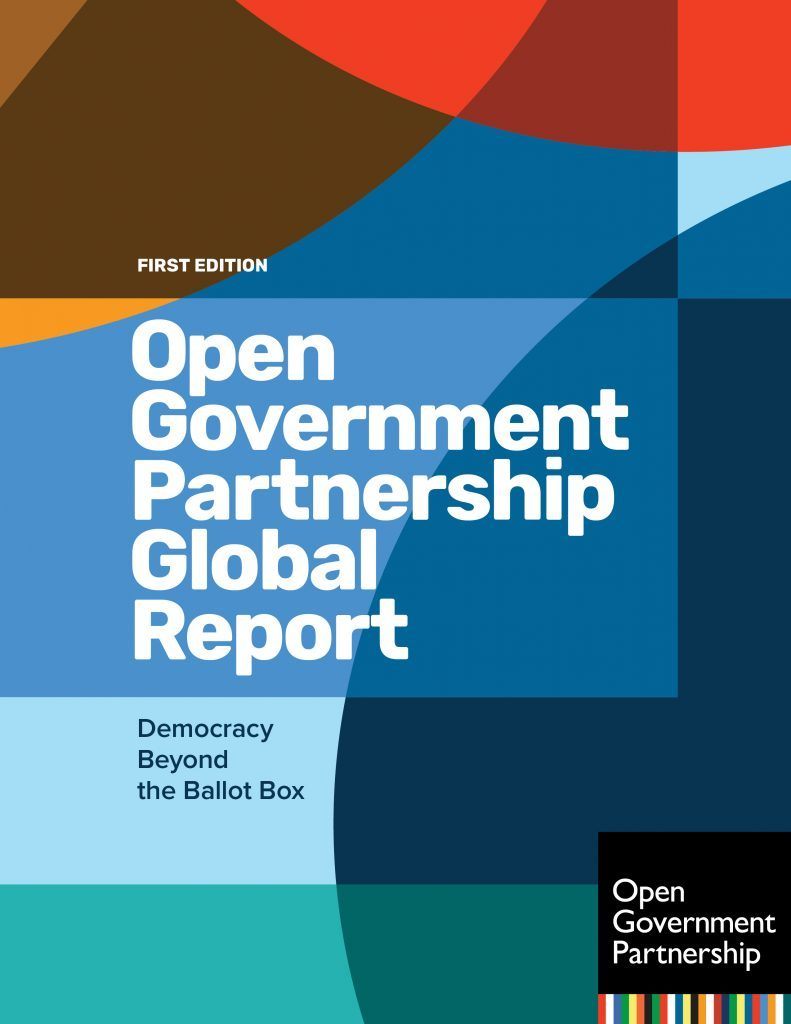
OGP Global Report Modules
The OGP Global Report Modules are among the most downloaded OGP products. This collection of “modules” looks at the state of implementation for a given policy area at the time of writing. The modules identify key areas for action, based on existing data sets. The idea behind them is that there are patterns and gaps in implementation.
Each OGP country page also collects data from the various sources in the module in a visualization called the “Selected Dimensions of Open Government.”
Ways to use them:
- Each module presents data, good practices, and case studies. These can serve as readings, especially as focused in a particular area.
- Using the Selected Dimensions of Open Government, identify where a particular country could use more commitments or play a stronger role in leadership. What sources were used? Is this still accurate?

Broken Links: Open Data to Advance Accountability and Combat Corruption
The Broken Links report focuses on the state of open data as a tool to combat political corruption. A key feature is the Data Explorer, a popular visualization tool of each policy area covered in the report. This tool integrates data from the Global Data Barometer with OGP commitments to give a sense of when and how open data is used by members.
Ways to use it:
- Use the Broken Links Data Explorer to compare two countries, or a country to the rest of its region.

OGP Blog
These medium-form pieces explore the issues of relevance to the OGP community. Blogs tend to cover issues of immediate political importance and demonstrate some of the community’s achievements and news.
Ways to use it:
- Students may observe or take part in an OGP process and may consider submitting information on their experience to the OGP blog.
- “Faces of Open Government,” a regular series, can be helpful in giving students an understanding of who does open government.
- “Voices of Open Government” is a podcast series with innovative reformers from around the world.
- OGP Stories takes a narrative approach to reforms OGP members have undertaken.
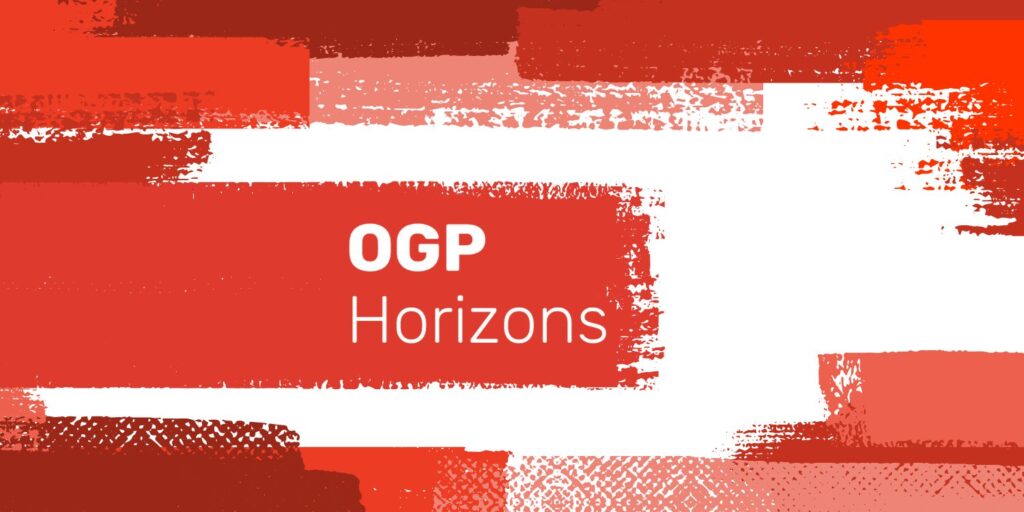
OGP Horizons
OGP Horizons tends to focus on emerging issues—topics that are in the news, but that might not yet be in OGP action plans. It also focuses on issues of relevance to the OGP community.
Ways to use it:
- Students can use OGP Horizons to read up on the implications of emerging technology, climate change, the deliberative wave, and new trends in anti-corruption.

"About" Page
This page contains all essential information on OGP as an international multi-stakeholder platform and its processes. It includes information on action plan processes,accountability processes, and measures for when a member does not follow OGP rules.
Ways to use it:
- Use this page to compare and contrast OGP with other multilateral organizations.
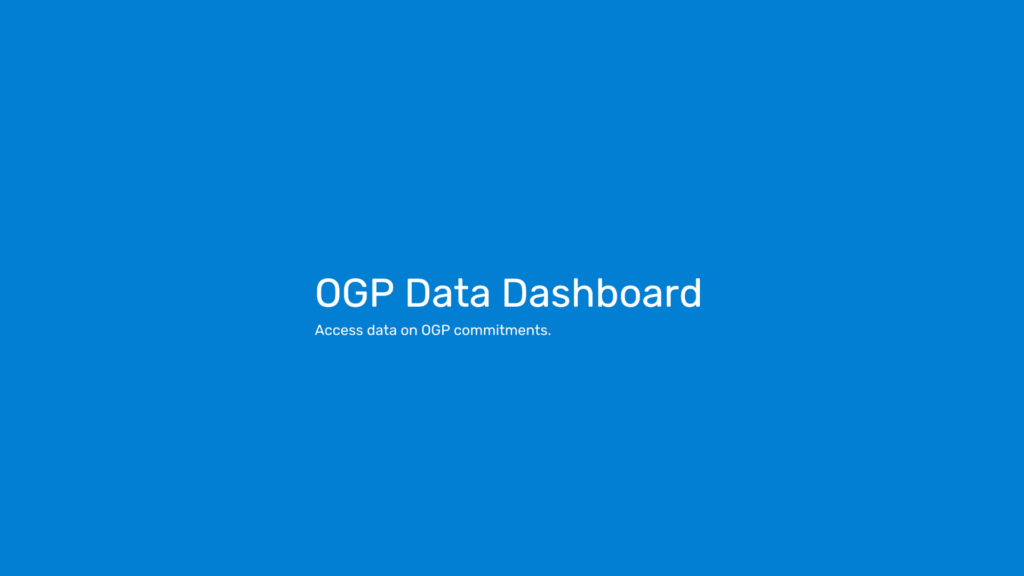
Data Dashboard
The OGP Data Dashboard is three tools in one:
- a basic overview of OGP members and what policy areas are popular among them
- an interactive tool that allows users to do a deeper dive into the state of play for different policy areas, filterable by location, year, and level of government.
- a search and translation tool that allows for a translated search of all OGP commitment text
Ways to use it:
- Find best practices from other countries in key policy areas
- Download source data and graphics for papers
- Understand how a given country performs relative to its neighbors, region, or another country.
- Find out which commitments the IRM has given the highest marks to, using the “Explore” filter functions.

OGP Vital Signs and Technical Papers
These documents assess the quality of OGP commitments and the state of implementation, results, and the quality of OGP processes.
Ways to use them:
- Students curious about the performance of OGP may want to read analyses by the Support Unit, the Independent Reporting Mechanism, and outside evaluators on what is working in OGP and where gaps persist.
- The papers also serve as models for evaluation of OGP or any other multilateral process that publishes data.

OGP's Open Data
All of OGP’s public data sets are available on this page as downloads. The OGP commitments database and the OGP process database are available and are the most popular among OGP’s data.
Ways to use it:
- Students may carry out analyses or visualizations using the data. Please be sure to also download the corresponding codebook.
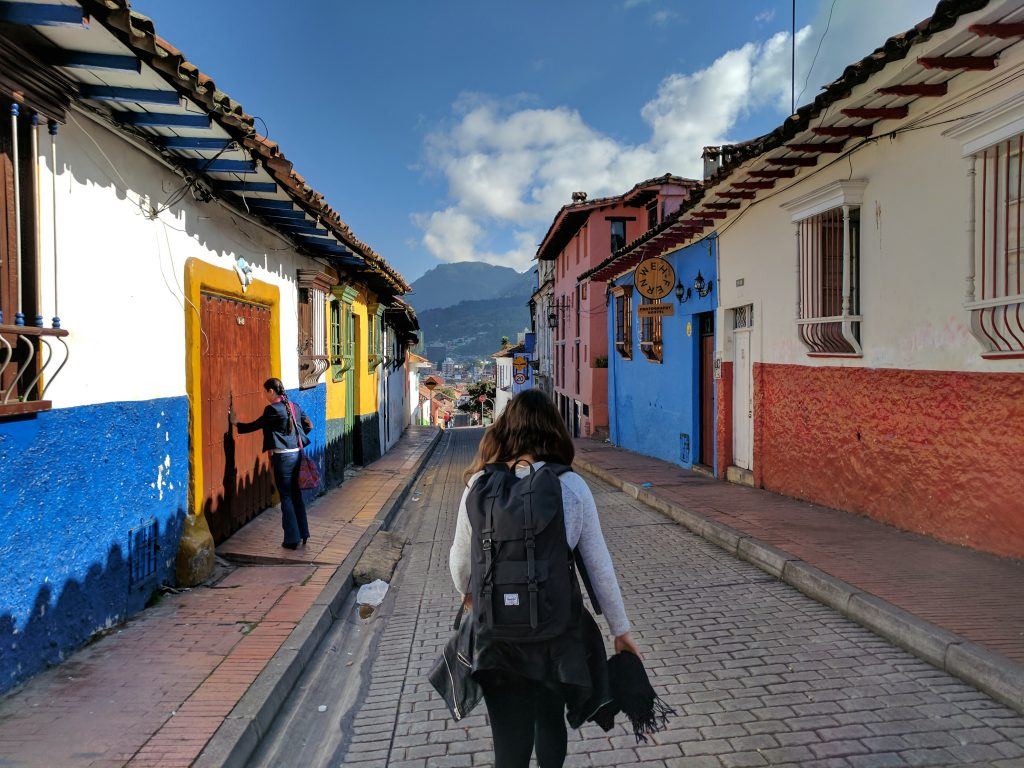
OGP Member Pages
OGP member pages serve as a repository for all documentation on a country, including action plans.
The member pages have a specialized search bar that provides a speedy search of all relevant commitments for a given policy area. The bottom of each page also contains the “Selected Dimensions of Open Government,” which includes third-party data and existing OGP commitments in an area.
About OGP action plan commitments:
- Individual commitment pages are located under a given OGP member page. To see the commitment details, scroll down to the “Commitments” module on a member page.
- Each OGP commitment gets a page once an action plan or commitment is filed. The page has links to Independent Reporting Mechanism Evaluations, government self-assessments and beyond.
- Commitments that are less than a year old do not usually have a full evaluation, as it takes until the end of two years for the report to be published.
Ways to use them:
- Identify the scope of the most recent action plan through commitments and action plan documents.
- Find out if a country has had any concerns with membership.
- Look at areas of continued action across action plans and whether they have improved through the Commitments search bar.
- Identify any areas for action or potential leadership using the “Selected Dimensions of Open Government” module.
- Have your students read the OGP commitments page to learn about how the IRM evaluates individual commitments. Do they think the evaluation was fair in terms of relevance, potential impact, implementation? What happened to the commitment years down the line?
